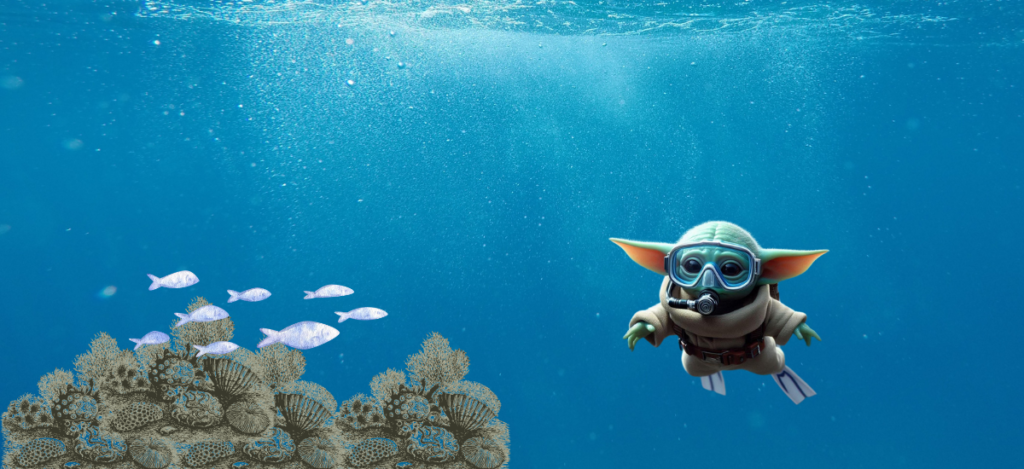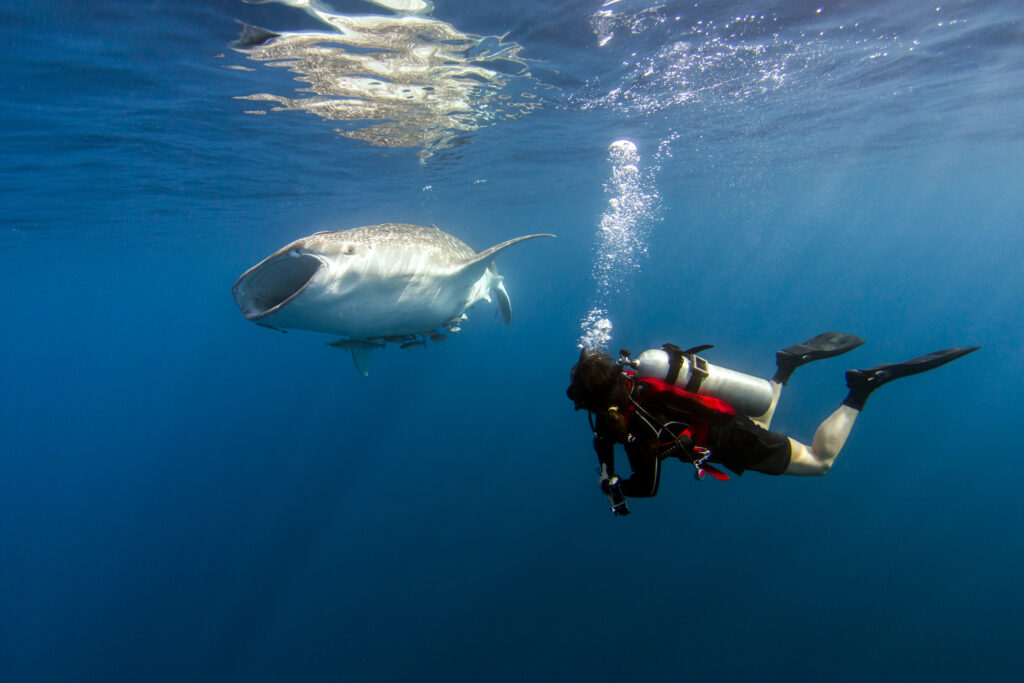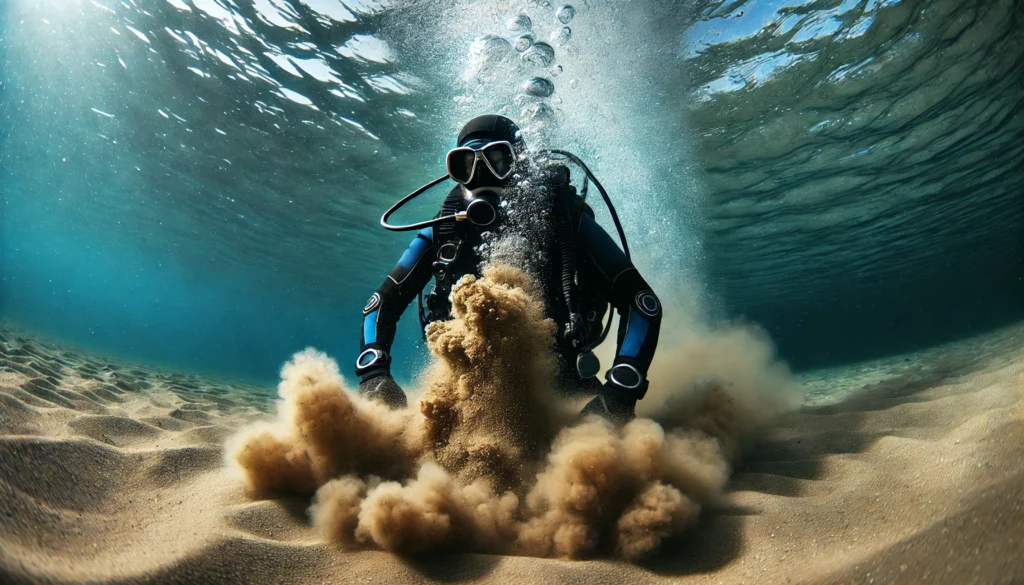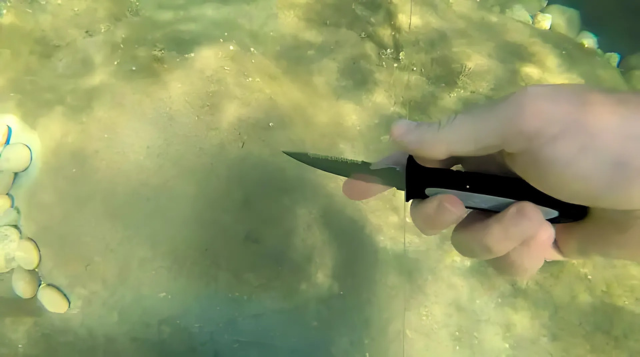Smart Packing Tips for a Scuba Diving Adventure

Embarking on a scuba diving trip is an exhilarating experience that requires careful planning and smart packing. Whether you’re exploring coral reefs, discovering sunken wrecks or going on a pelagic adventure, having the right gear can make all the difference. Here are some essential tips to help you pack smartly for your underwater journey.
Choose the Right Bag: Always check the baggage allowance of the airline(s) you are travelling with, especially if using multiple airlines, as allowances may vary. Some airlines charge extra for sports or diving bags. Check the value for money. To organise your diving equipment and travel essentials, choose a durable, waterproof bag with compartments. Make sure the bag is light yet sturdy so that the bag does not become the main part of your airline weight allowance.
Essential Gear: Prioritise your own gear such as wetsuit, BCD, regulator, mask, snorkel, fins, dive computer, SMB and rash guard. Research water temperatures to choose the appropriate wetsuit. Embrace sustainability beneath the surface by opting for items crafted from recycled fabric and plastics. If bringing a torch, ensure the batteries are removable before checking it in. Battery canisters have to be carried in your hand luggage, but check milliampere ratings as airlines enforce strict rules on maximum wattage.

If diving isn’t the main focus of your trip, no worries! Rent bulky equipment locally and bring only essentials like a mask, snorkel, rash guard, and dive computer. Check rental and size availability at the dive centre beforehand, especially if you need any XXX size, whether small or largeotherwise, you might end up diving naked!
Protect Your Mask: Use a hard case, especially if your mask has optical lenses, to protect it from being crushed or scratched during transport. If space permits, bring a spare mask for added comfort and safety. Clear vision is essential for a comfortable dive. After all, you don’t want to mistake a fish for your dive buddy!
Regulator Care: Your life depends on your regulator. Pack it in a padded regulator bag and always carry it as hand luggage. If you normally dive with a dual first stage configuration instead of an octopus, check with your dive centre or liveaboard in advance about the type of tank valves they can provide, as well as the compatibility with your first stage (Yoke/Int and DIN). You may need to take an adapter with you.
Save Space with a Travel BCD: It’s lighter and more compact than standard models, saving valuable luggage space and weight. And remember, before you pack it away, give it a good shake to say goodbye to any surprise water passengers you may have in the BCD bladder – no one needs that extra baggage!
Dive Computer: Bring your own dive computer. Familiarise yourself with its functions and check its battery status. For extra safety, consider having two dive computers with the same algorithms to ensure redundancy in case of failure. If you do not own one, check with the dive centre at your destination to see if one is available for hire before you travel.
Rinse and Dry: Before packing your gear after the dive, give everything a good rinse with fresh water to wash away the salty memories of the sea. Don’t forget to check the BCD bladder for any lurking water – we don’t need any surprise additions to our pack weight! Make sure your gear is thoroughly dried to prevent any rust or unpleasant scents. And remember, empty your pockets – no souvenirs from the bottom of the sea allowed!
Spares Kit: Create a small spares kit including extra O-rings, fin and mask straps, and mouthpieces. Dont forget tools like scissors or a multi-tool designed for diving. Remember, at some point, either you or a dive buddy might need a spare part. At least you gave it a shot!
Eco-Friendly Sunscreen: before you let the sun play tricks on you, protect your skin without harming marine life by choosing a reef-safe sunscreen. Avoid formulations containing oxybenzone and octinoxate. Also, consider bringing a rash guard, which offers numerous benefits and reduces the amount of sunscreen needed. Plus, let’s face it, a sunburn on a diving holiday is like wearing a wetsuit made of hot coals – definitely not a good idea! See our blog post for more on ocean-friendly sunscreens and accessories.
Dive Certification and Logbook: Always have your certification card and logbook handy- they may be required to prove your diving experience and log new dives. Dont forget your active diving insurance, it’s crucial for overall safety and peace of mind. NovoScuba divers can store everything conveniently in their account profile, accessible digitally from any device. This includes certifications from other agencies, ensuring that all necessary documentation is at your fingertips.
Remember, while it’s important to be prepared, it’s equally important not to overpack. Airlines often have strict baggage limits, and excess luggage can incur hefty fees. Plan wisely, pack strategically, and dive into your next underwater adventure with confidence! And if it’s been a while since your last dive, consider taking a scuba dive refresher course to brush up on your skills and enhance your safety underwater.
Scuba diving is easy and fun, but being relaxed from practising common skills will ensure your safety and enjoyment.





